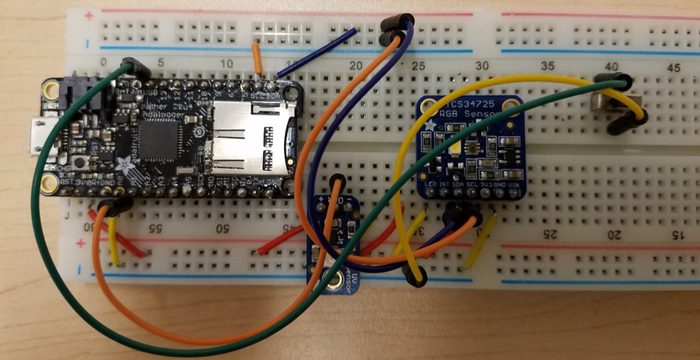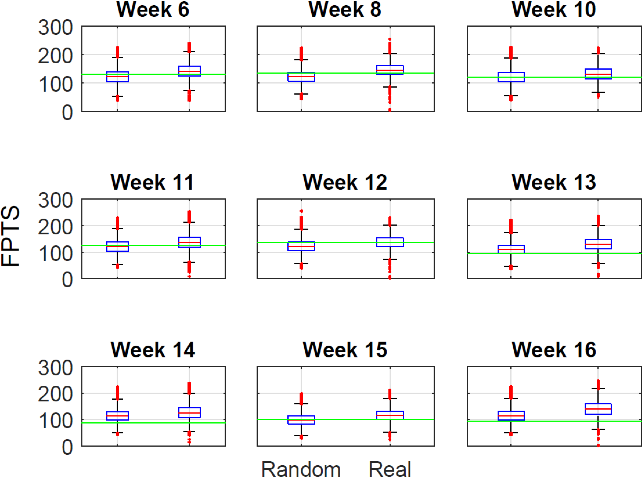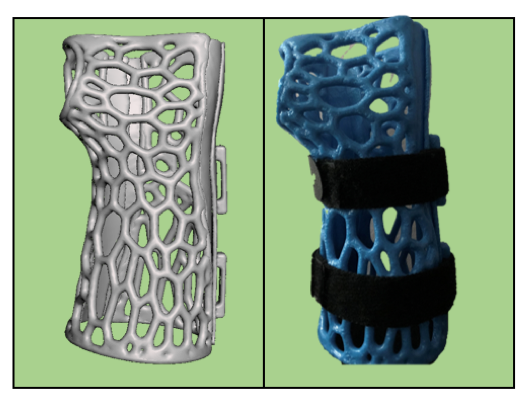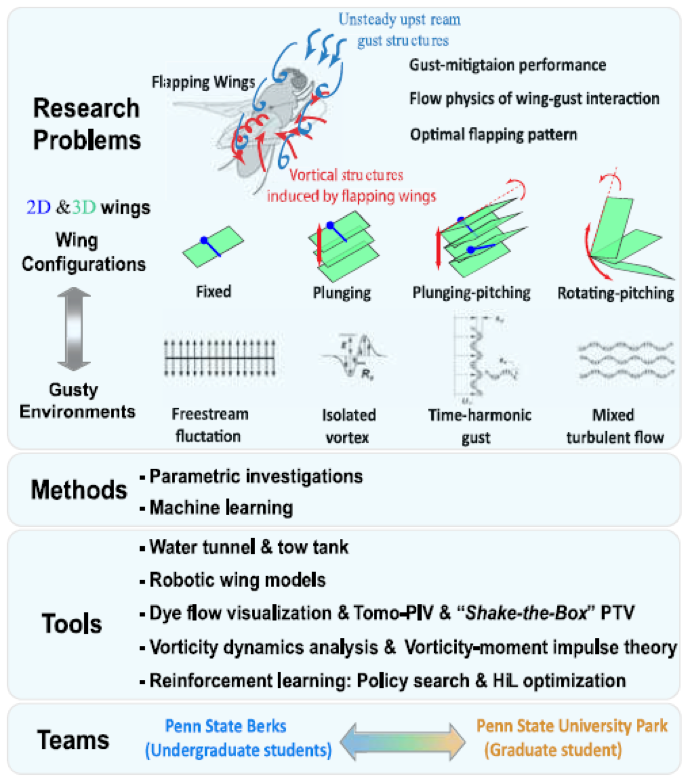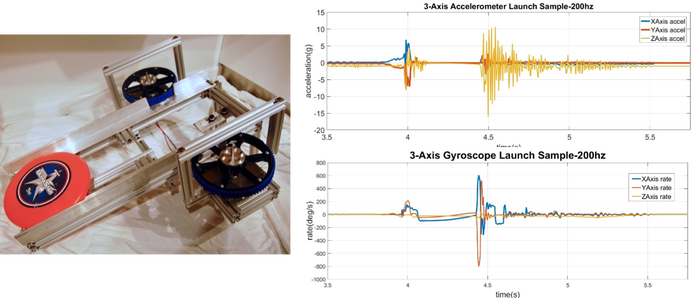Aircraft Instrument Performance Investigation
Christopher Trapp (Mechanical Engineering, Junior, 2018-2019)
Dale Litwhiler (Associate Professor of Engineering)
Project Description:
Design and construct a test setup to investigate the performance of an aircraft altimeter and air speed indicator (ASI). (The aircraft instruments have already been obtained.) The setup will include a means for producing the required air pressure/vacuum levels to simulate conditions experienced by the instruments in a typical small general aviation aircraft. The test setup will also include reference pressure sensing instruments to verify the test conditions.
Performance of the altimeter and ASI will be investigated over a significant portion of the useful range of each instrument. Data will be measured and recorded for each instrument and compared to theoretical expected results.
Deliverables from this work include:
1. A brief written overview describing the operation of the instruments under test and the test apparatus.
2. Diagrams as required to document the test setup.
3. Analysis and discussion of measured data.
4. An instructional video (YouTube) demonstrating the performance of the aircraft instruments and the test setup. (This will probably be two short videos; one for each of the aircraft instruments.) The intent of the video is for demonstration purposes in ME345W, EMET330, and related courses.
Publications, Presentations, Awards, and Funding:
Planned Publications:
- YouTube video(s) demonstrating the performance of each instrument for use in ME and EMET courses.
- Poster for the 2020 HECBC Undergraduate Student Research Conference.
Funding:
- Grant from Schreyer Honors College for materials.
Comparison of Machine Learning Approaches for Indoor/Outdoor Detection
Scott Dolan (Mechanical Engineering, Sophomore, 2017-2018)
Matthew Rhudy (Assistant Professor of Engineering)
Project Description:
Determining whether a person is indoors or outdoors is useful information for analyzing the physical and mental wellness of the participant. There is existing research in the field of psychology that supports the idea that the more time a person spends outdoors, the happier that person will be. In order to support these psychological studies, a sensing system and classification algorithm was developed to identify time spent indoors and time spend outdoors through wearable technology. The system measures ultraviolet light, color temperature, luminosity, and red, green, blue, and clear components of light at one-minute intervals using an Arduino-based measurement system. Three machine learning algorithms – support vector machine, artificial neural network, and bagged tree – were trained and tested using experimentally collected sensor data from multiple locations, dates, and times.
Publications, Presentations, Awards, and Funding:
Planned Publications (works in progress):
- Wearable Light Data Logger for Studying Physiological and Psychological Effects of Light Data. [Work in Progress - expected submission date September 2019].
- Rhudy, M. Indoor and Outdoor Classification using Light Measurements within an Artificial Neural Network. [Work in Progress - expected submission date September 2019].
Funding:
- "Using Wearable Light Sensors to Predict Indoor or Outdoor Locations in Real-Time," Research Development Grant, Penn State
Method and Validation for Optimal Lineup Creation for Daily Fantasy Sports Using Machine Learning and Linear Programming
Tomasz Paniak (Mechanical Engineering, Senior, 2017-2018)
Joseph M. Mahoney (Associate Professor of Engineering)
Project Description:
Daily Fantasy Football has become an increasingly popular activity in the last several years. The problem translates into a Stochastic Knapsack Problem: attempting to pack as much value as possible into a constrained environment. The added difficulty is that the value of each “item” is uncertain before the sack is packed. Using machine learning and linear programming, we attempt to create lineups that outperform random and real-world competitors.
Publications, Presentations, Awards, and Funding:
Submitted Publication:
- TB Paniak, JM Mahoney, “Method and Validation for Optimal Lineup Creation for Daily Fantasy Football Using Machine Learning and Linear Programming”, Journal of Quantitative Analysis in Sports.
Presentations:
- JM Mahoney, “Optimal Lineup Creation for Daily Fantasy Football”, Faculty Interest Group Research Presentation, Reading, PA April 5 2019
- TB Paniak, C Byrne, JM Mahoney, “Optimizing Daily Fantasy Sports Rosters Using Machine Learning”, Multi-campus REU Poster Symposium, University Park, PA July 27 2018
The Use of Advanced Additive Manufacturing Techniques to Design, Optimize, and Characterize an Orthopedic Support
Madison Wojciechowski (Mechanical Engineering, Senior, 2018-2019)
Marietta Scanlon (Assistant Teaching Professor of Engineering)
Project Description:
Recent advancements in additive manufacturing technologies have allowed for the customization of medical devices, particularly in the area of orthopedics. Problems with traditional arm casts include skin irritation, limited breathability, and excessive weight. Additive manufacturing, also known as 3D printing, in tandem with 3D scanning allows designers to create custom orthopedic casts based on a patient’s specific anatomy. In this study, the 3D scanning process was optimized using a Structure Sensor integrated with an iPad Pro. The 3D scan was modified in Meshmixer to create a customized arm cast. Design variations were created and printed on multiple 3D printers. Mechanical testing was performed to characterize and evaluate material and design properties. The resulting 3D printed cast provided patients with less bulkiness, more breathability, and a custom fit design.
Publications, Presentations, Awards, and Funding:
Presentations:
- The Use of Advanced Additive Manufacturing Techniques to Design, Optimize, and Characterize an Orthopedic Support, Scanlon, MR & Wojciechowski, M, Presented at WELocal Conference, Tampa, FL, February, 2019
Awards:
- Winner, 2nd Place, WE Local Collegiate Research Competition.
Funding:
- Multi-Campus Research Experience for Undergraduates, Summer 2018.
Unsteady Aerodynamics of Flapping Wings in Gusty Environments: Gust-mitigation Performance, Flow Physics, and Optimization
Lisa Panczner (Electro-Mechanical Engineering Technology, Junior 2018-2019)
Cooper Kovar (Electro-Mechanical Engineering Technology, Freshman 2018-2019)
Dr. Azar Eslam-Panah, (Assistant Professor of Engineering)
Project Description:
With the growing role of micro air vehicles (MAVs) in a broad range of civil and military operations, it is still challenging for them to fly robustly in natural and human-constructed environments, where they routinely encounter sharp changes in ambient flow velocity or gusts. Using a novel combination of experimental fluid dynamics and machine learning, the proposed research will investigate the effects of unsteady gust structures on two-dimensional (2D) and three-dimensional (3D) flapping wings with different kinematic configurations. During 2019-2020 academic year, the two undergraduate students will work collaboratively on designing and performing experiments using parametric studies to investigate the gust-mitigation performance and the flow physics of two-dimensional (2D) wings.
Publications, Presentations, Awards, and Funding:
Funding:
- NSF CBET #1903312
- NSF REU #1936108
Aerodynamics of the Frisbee
Magnus Murray (Mechanical Engineering, Senior, 2019-2020)
Dr. Rungun Nathan (Associate Professor of Engineering)
Project Description:
The goal of this research is to study the aerodynamics of a regulation sized ultimate frisbee in flight. To do this a Frisbee launcher has been designed and built which is able to launch the frisbee in a very consistent and repeatable manner. The Frisbee itself is instrumented to gather several important information-like differential pressures, linear acceleration, gyroscopic rates and magnetic orientation at several locations. The collected data will be compared to currently existing mathematical models of Frisbee flight. Based on the result, model parameters will be modified to match experimental data.
Publications, Presentations, Awards, and Funding:
Presentations:
- Study of Frisbee Aerodynamics, Presented at 2018 Multi-Campus Research Experience for Undergraduates (REU), Research Symposium Program, July 2018
- Frisbee Launcher for Study of Frisbee Flight Dynamics, Presented at 2017 Multi-Campus Research Experience for Undergraduates (REU), Research Symposium Program, July 2017
Funding:
- Multi-Campus Research Experience for Undergraduates, Summer 2016.
- Multi-Campus Research Experience for Undergraduates, Summer 2017.
- Erickson Summer Discovery Grant, summer 2019
